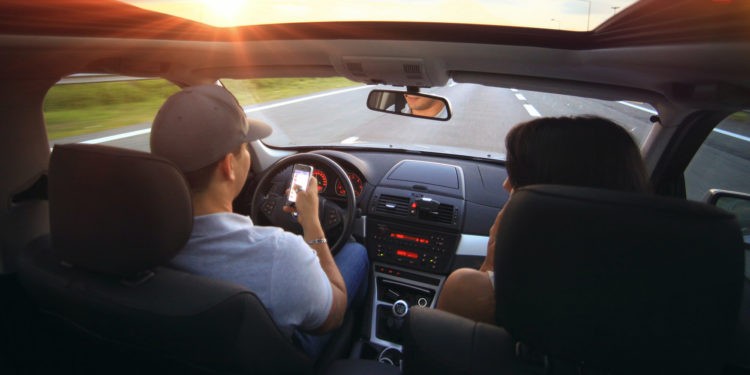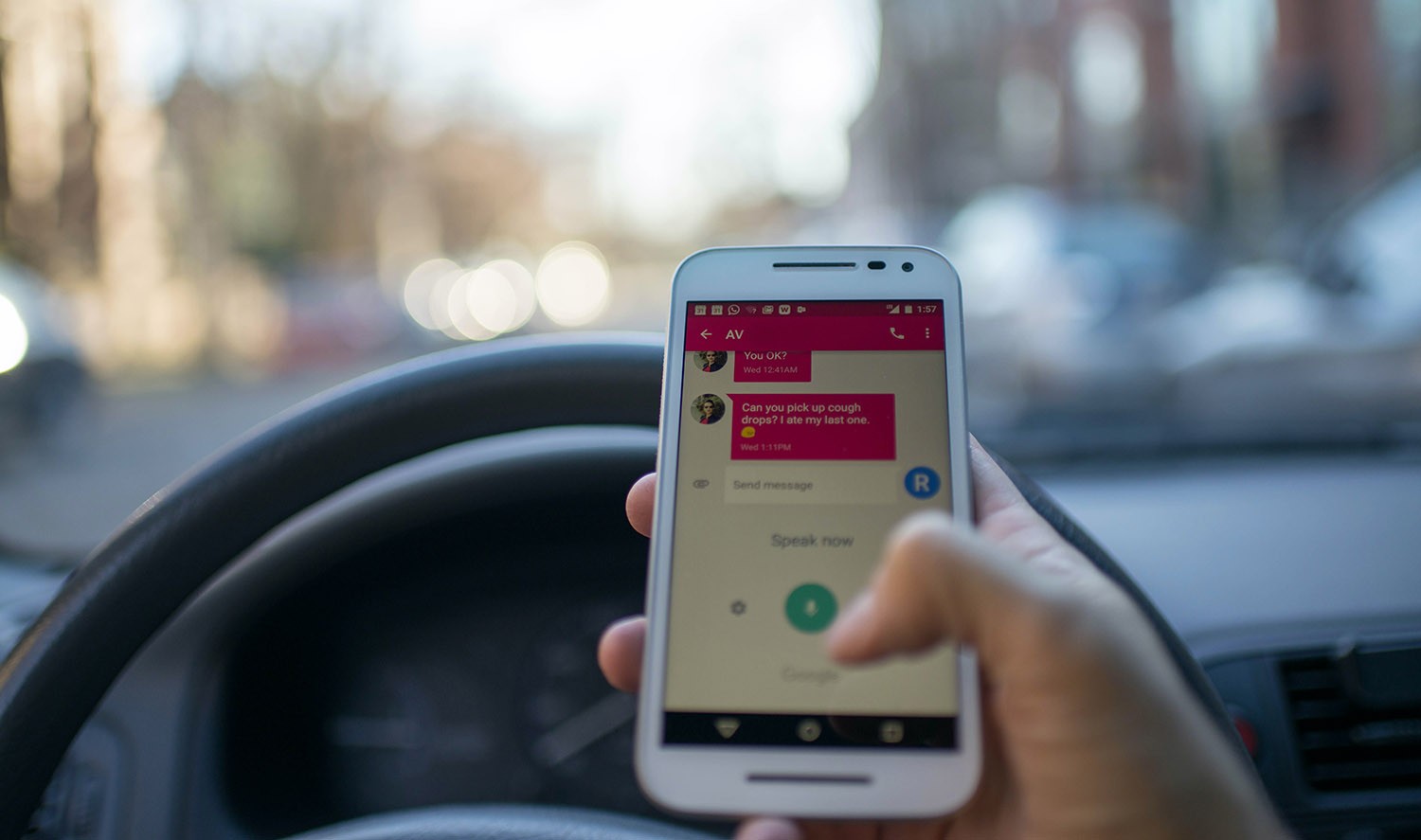April Recognizes Distracted Driving Awareness Month

Story by Cheri Woodsmall
“As she got in the driver’s seat, my heart jumped a bit. I knew this day was coming, but I did not know I would feel this pit in my stomach that comes along with sending your child out on the busy Kansas City roads for the first time. She was a great driver though. We went over all the rules of cell phone usage, playing with the radio, etc. It was not her that I was worried about, it was the other drivers that terrified me. I always thought she would be responsible and make good decisions while behind the wheel,” said Jackie P.
But on a sunny day in June the following year, that all changed when Jackie’s daughter swerved in front of a semi while texting a friend. She was killed instantly.
Every day at least nine people die and 100 more are injured on US roads in distracted driving crashes. This is usually caused by cell phones, dashboard touchscreens, voice commands and other in-vehicle technologies that pose a risk to safe driving, according to the National Safety Council.
Each April, Distracted Driving Awareness Month aims to recognize the dangers of these preventable accidents and deaths.
Technology can be a blessing when you are out on the road if you use it responsibly and not when the vehicle is moving. If your car breaks down or you have a flat tire or you need medical attention.

THE TOP TEN CAUSES OF DISTRACTED DRIVING
While technology usage is a major cause of distracted driving, it is not the only one. This data from the Fatality Analysis Reporting System, which surveys all American motor vehicle fatalities.
The results reveal the top ten causes of distracted driving and make it clear that not all distractions are created equal.
1. Smoking related – 1%. Only one in a hundred accidents is related to lighting a cigarette, smoking, or putting it out.
2. Moving objects – 1%. Moving objects in the car such as insects and pets can lead you to take your eyes off the road — and at least one source suggests that it may be an underreported cause of distraction.
3. Using devices/controls to operate the vehicle – 1%. Surprisingly, adjusting things like mirrors or seatbelts plays a relatively minor role in distraction-related car accidents.
4. Adjusting audio or climate controls – 2%. Fiddling with the radio or adjusting the A/C for even a moment is a factor in a small number of traffic fatalities.
5. Eating or drinking – 2%. Every car has cupholders — and using them can be a definite source of distraction.
6. Using or reaching for a device brought into the car – 2%. We all know that using devices like cell phones can take our minds off the task of driving. But it turns out that even reaching for them can lead to a serious accident.
7. Other occupants – 5%. Other people in the car can place major demands on your attention when you are driving, which can result in a collision.
8. Outside person, object, or event – 7%. It turns out that looking at something or someone outside the car, like gawking at an accident or at people in other cars, is even more of a distraction than the person in the passenger seat.
9. Cell phone use – 12%. The second-leading cause of deaths due to distraction-related car accidents will not be a surprise to anyone, as cell phones while driving (even the hands-free options) can distract us in several ways. But if they are not the biggest cause then what is?
10. Generally distracted or “lost in thought” – 62%. By far the biggest cause of distracted driving fatalities is a driver’s mind wandering for long enough to lead to a collision — and someone’s death.

Though these 10 factors have a vastly different rate of occurrence, what is interesting is they all have one thing in common. The one factor in every distracted driving accident is drivers paying attention to something other than driving. So what causes so many drivers to feel they can take their eyes and mind off the road?
There is a simple but dangerous answer: complacency.
After you have been driving for a while you get comfortable and can forget just how dangerous it can be — because you are complacent to the risks of driving. As a result, you are more likely to think that you can send a quick text or daydream without putting yourself in danger.
Compounding the problem are other states of mind like rushing, frustration, and fatigue. These can further contribute to taking your eyes and mind off the task of driving and influence your decisions to do things when driving that increase your risk of a collision.
The National Safety Council published a great infographic on the risks of hands-free driving. It outlines how the myth of hands-free driving as a safe alternative to cell phone use in cars puts people at risk every day.
Studies have shown that whether your hands are occupied only plays a small role in driving accidents, and distraction is a far more serious risk.
So next time you think about connecting your Bluetooth or using another hands-free device, remember that just because you have both hands on the wheel does not mean your mind is going to be focused on the road — and as we have seen, being mentally distracted is more dangerous than texting!
SCARY STATISTICS
Highway Fatalities:
- 37,461 lives were lost on U.S. roads in 2016, an increase of 5.6% from 2015 (data not yet available for 2017) NHTSA
Distracted Driving:
- 10% of fatal crashes and 15% of injury crashes in 2015 were distraction-affected. NHTSA.
- Distracted driving crashes are under-reported and the NSC estimates that cell phone use alone accounted for 27% of 2015 car crashes. NSC
- In 2015, there were 3,477 people killed and an estimated additional 391,000 injured in crashes involving distracted drivers. NHTSA
- The fatal crash rate for teens is 3 times greater than for drivers age 20 and over. (IIHS)
- Driver distraction is responsible for more than 58% of teen crashes. AAA Foundation for Traffic Safety






